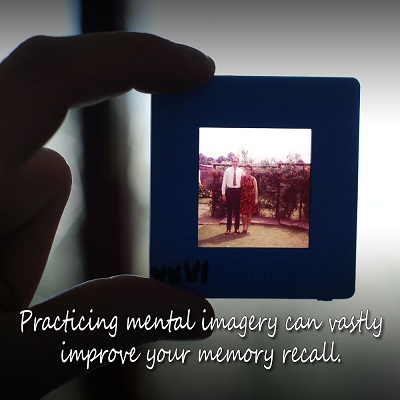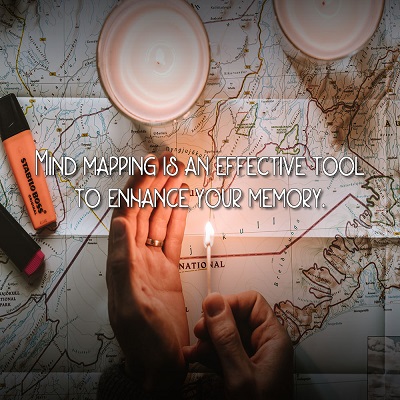Memory Health
 Pictures play an integral role in how we process and understand information. Images can help us easily comprehend and digest large chunks of information that would otherwise be cumbersome to compile. The same thing applies to mental imagery. As early as we can recognize things, we have formed images in our heads to help us make sense of the world around us. Mental imagery can also help us improve our ability to both recall and retain information.
Pictures play an integral role in how we process and understand information. Images can help us easily comprehend and digest large chunks of information that would otherwise be cumbersome to compile. The same thing applies to mental imagery. As early as we can recognize things, we have formed images in our heads to help us make sense of the world around us. Mental imagery can also help us improve our ability to both recall and retain information.
Having a reliable working memory can help us in so many ways, whether you are a student studying for an exam or simply trying to recall your password to login to a website. Mental imagery is one of the most common ways to help us improve our memory. This has been proven in several studies over many years. Continue reading
 The human brain is powerful. Made up of at least a billion brain cells, the brain makes it possible for us to perform tasks, solve problems, use language, and store memories.
The human brain is powerful. Made up of at least a billion brain cells, the brain makes it possible for us to perform tasks, solve problems, use language, and store memories.
So how does the brain, with its billion brain cells, make sense of the massive amounts of information we have to process and retain? Simple. It makes connections.
The ability of the brain to connect one idea to another idea is the basis of the memorization technique called mind maps. The idea of using mind maps to improve memory and cognition started in the 1960s. English author Tony Buzan created mind maps as a thinking tool after studying how our brain works. He claims that mind maps are inspired by the great thinkers in history, such as Leonardo da Vinci and Albert Einstein. Continue reading






